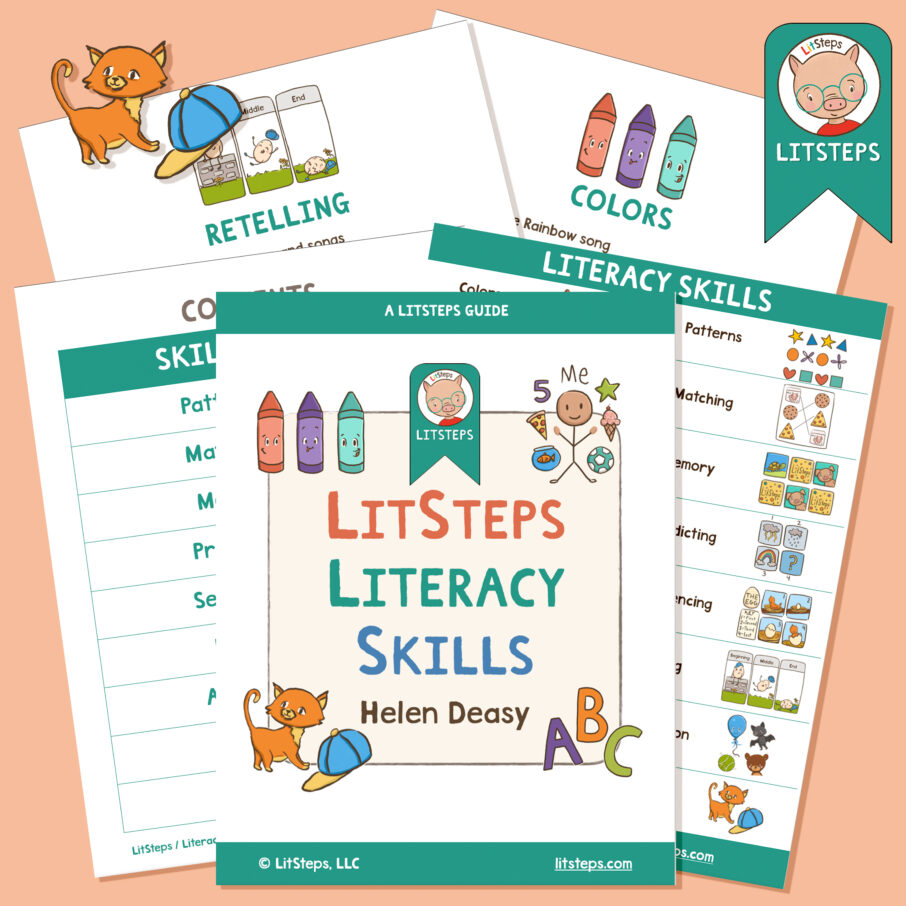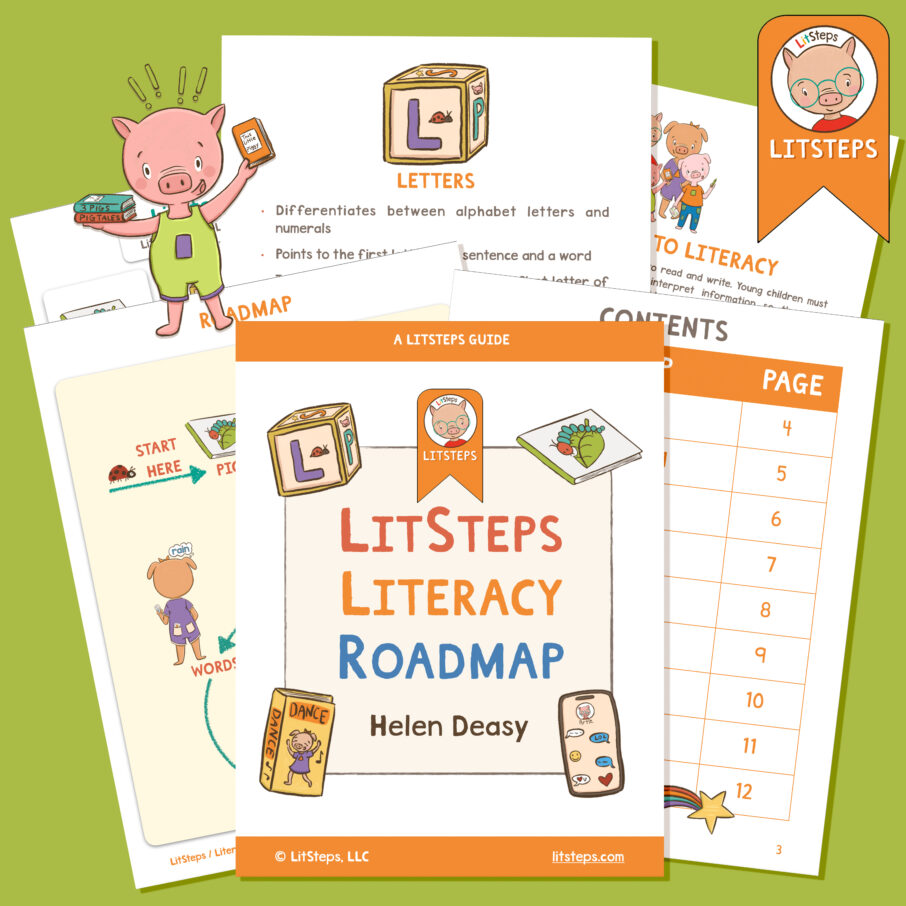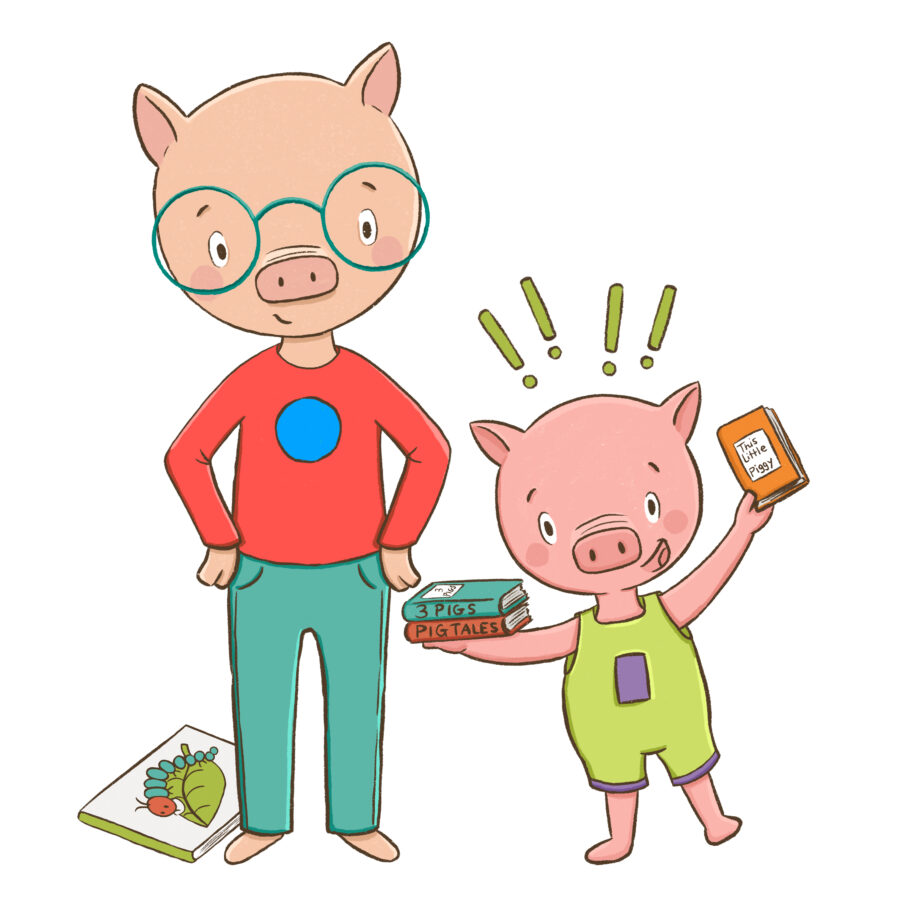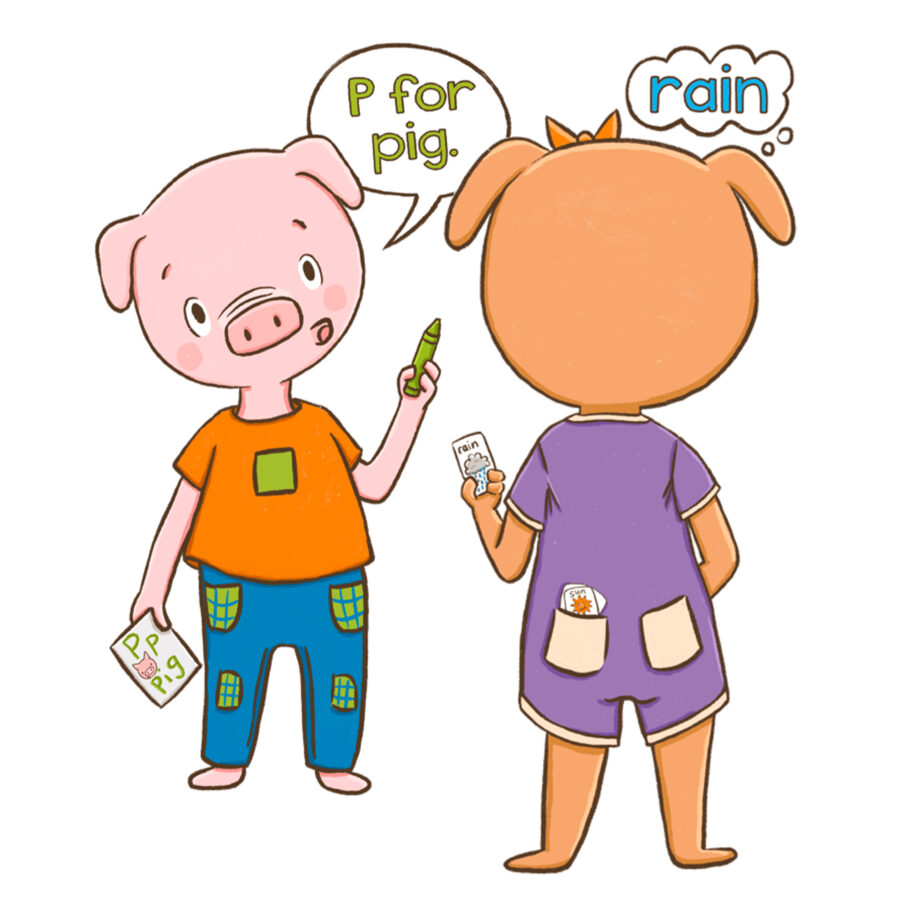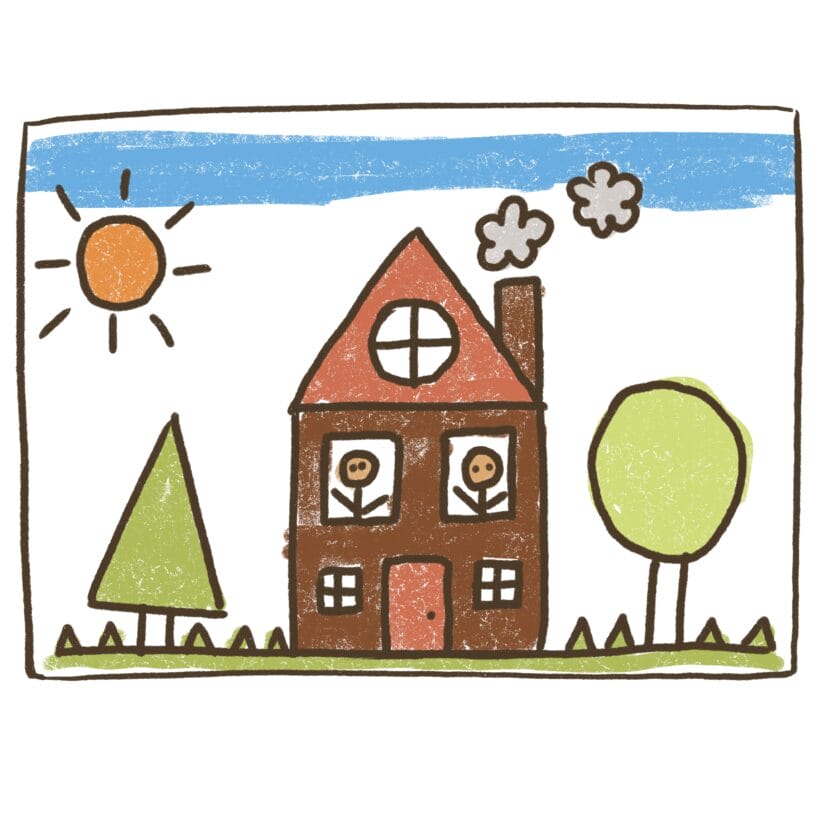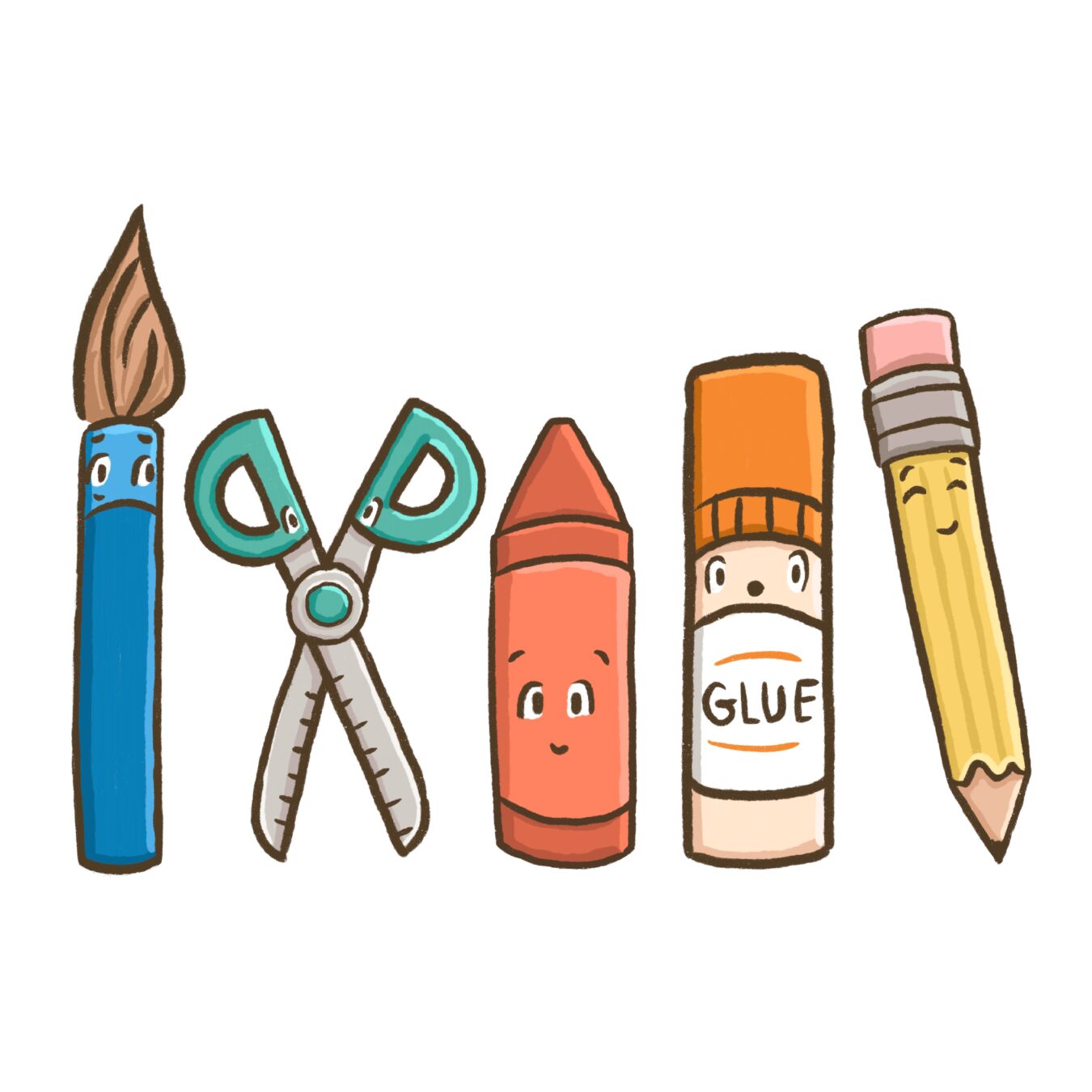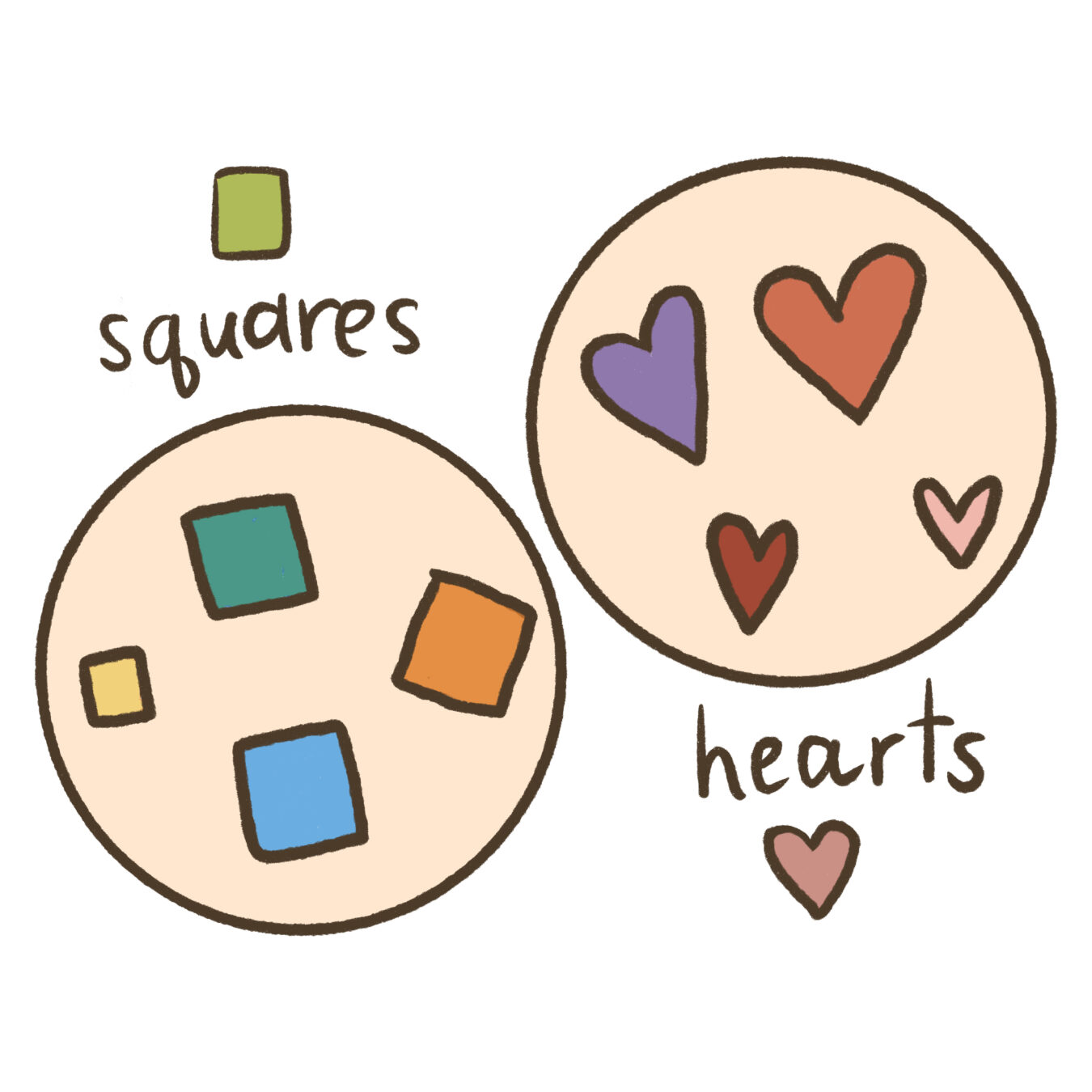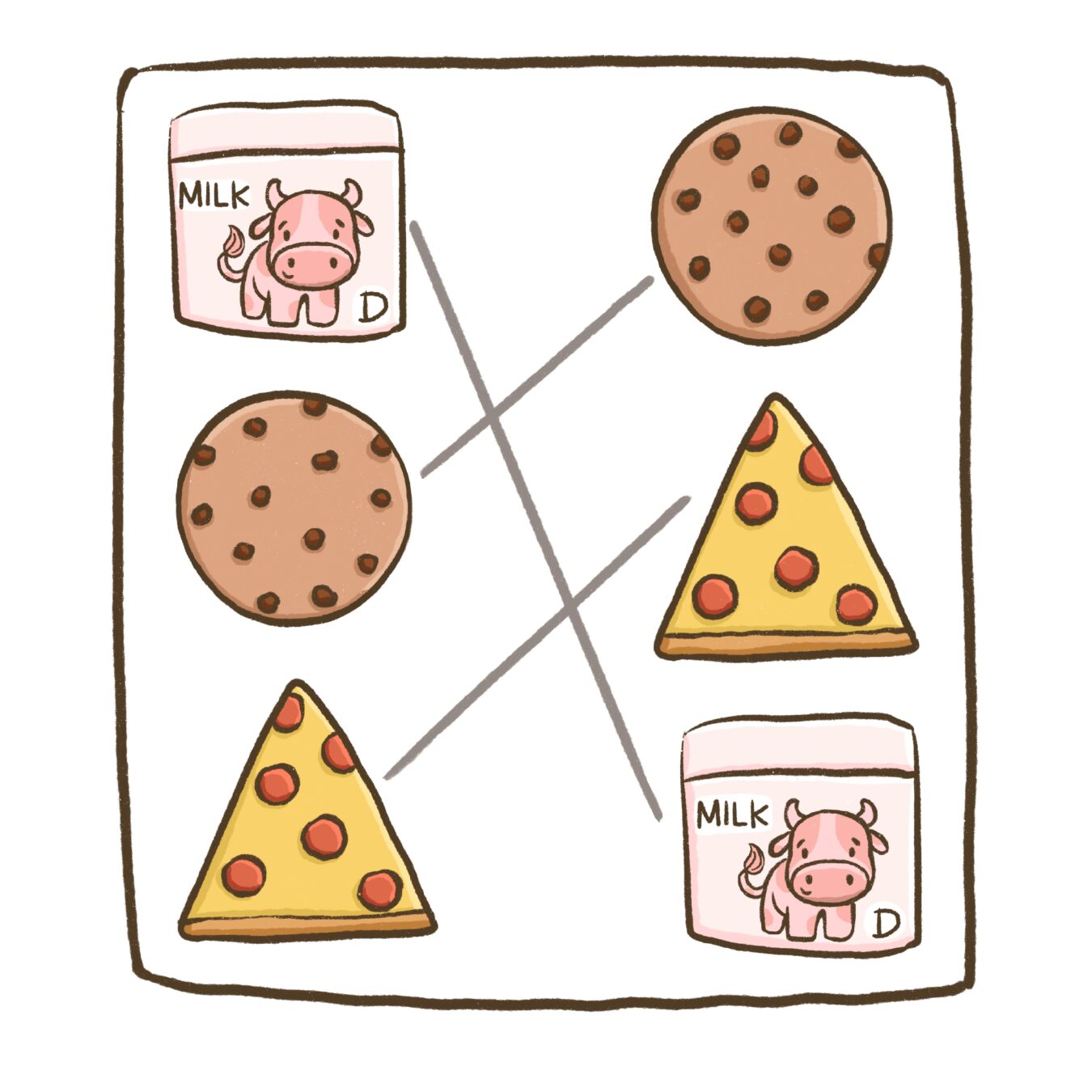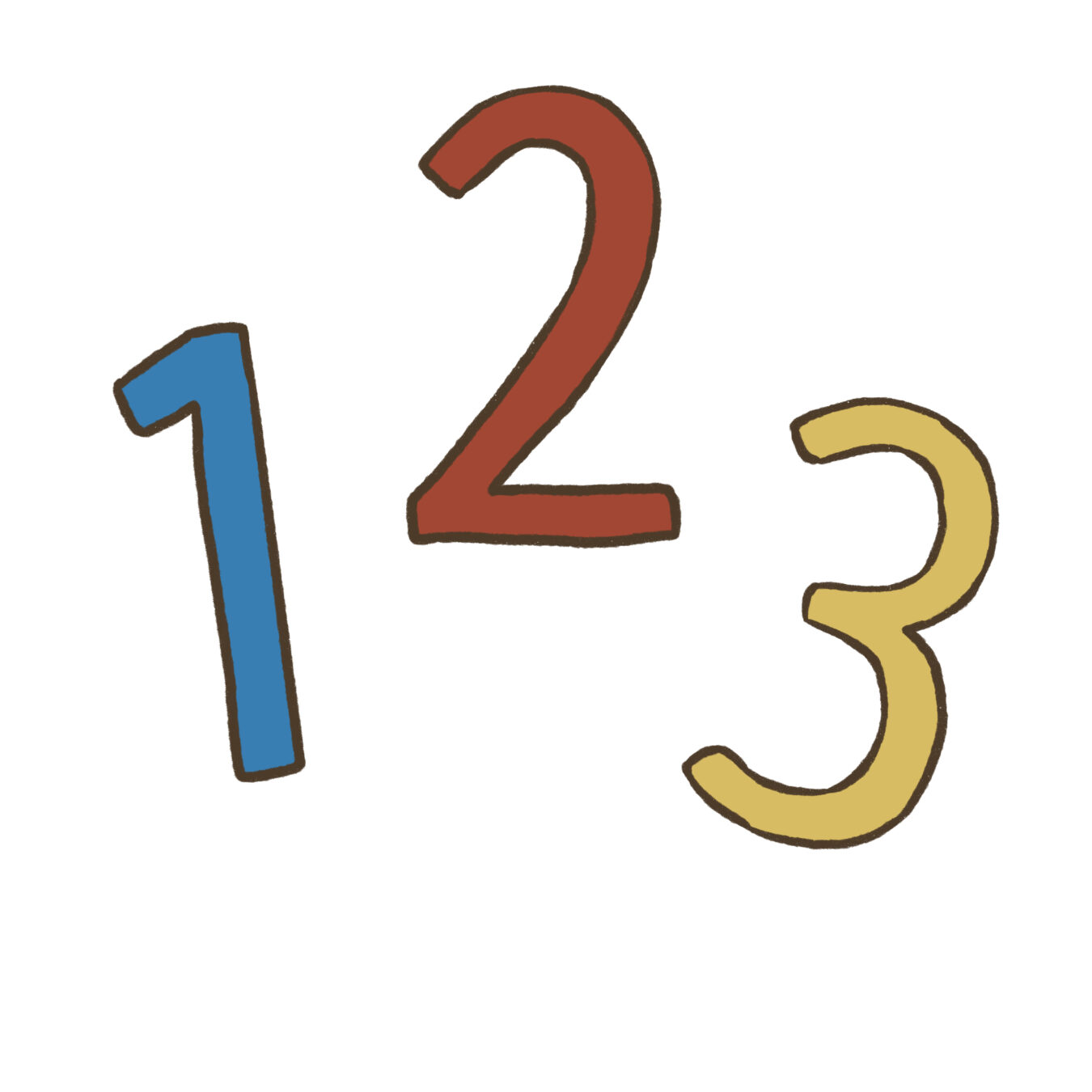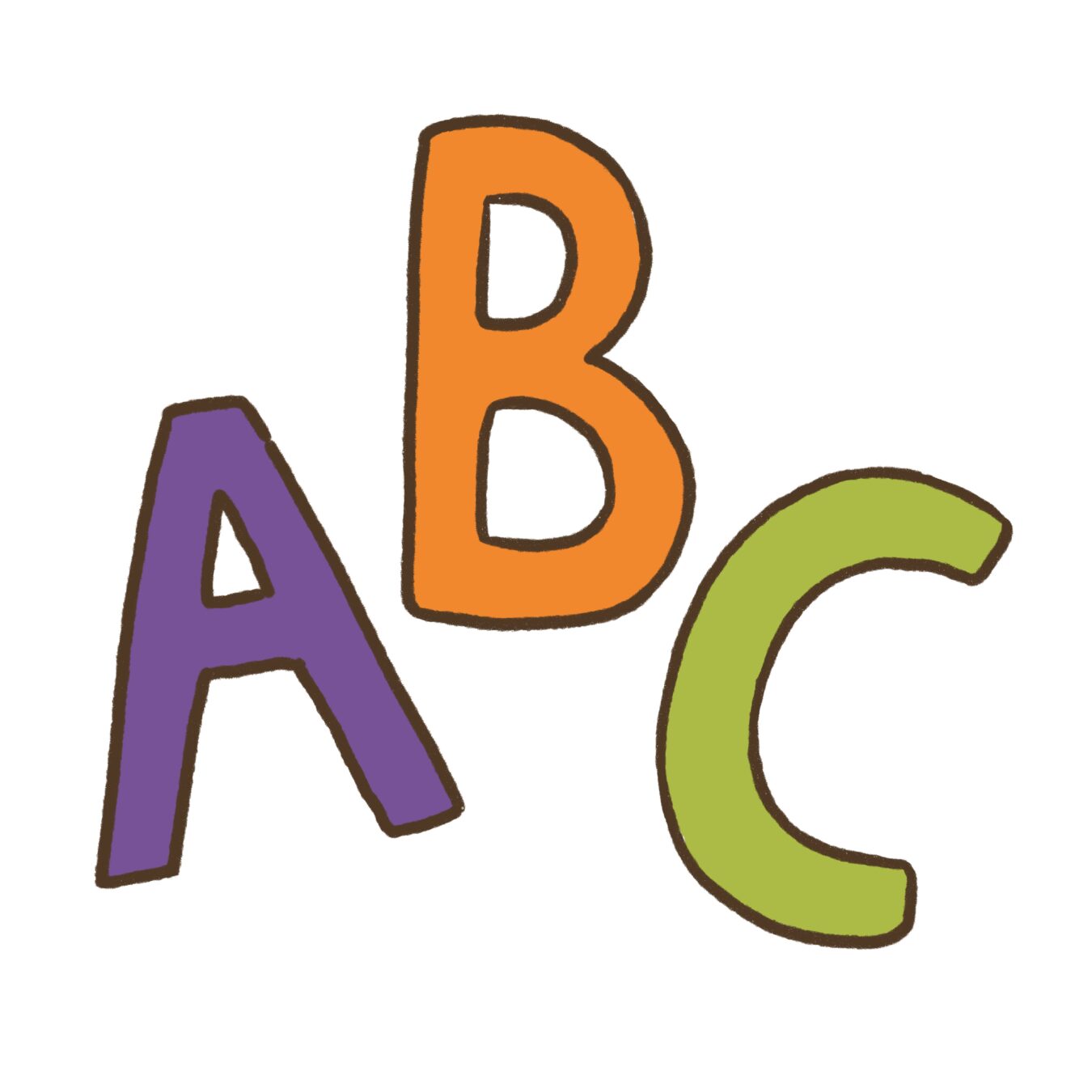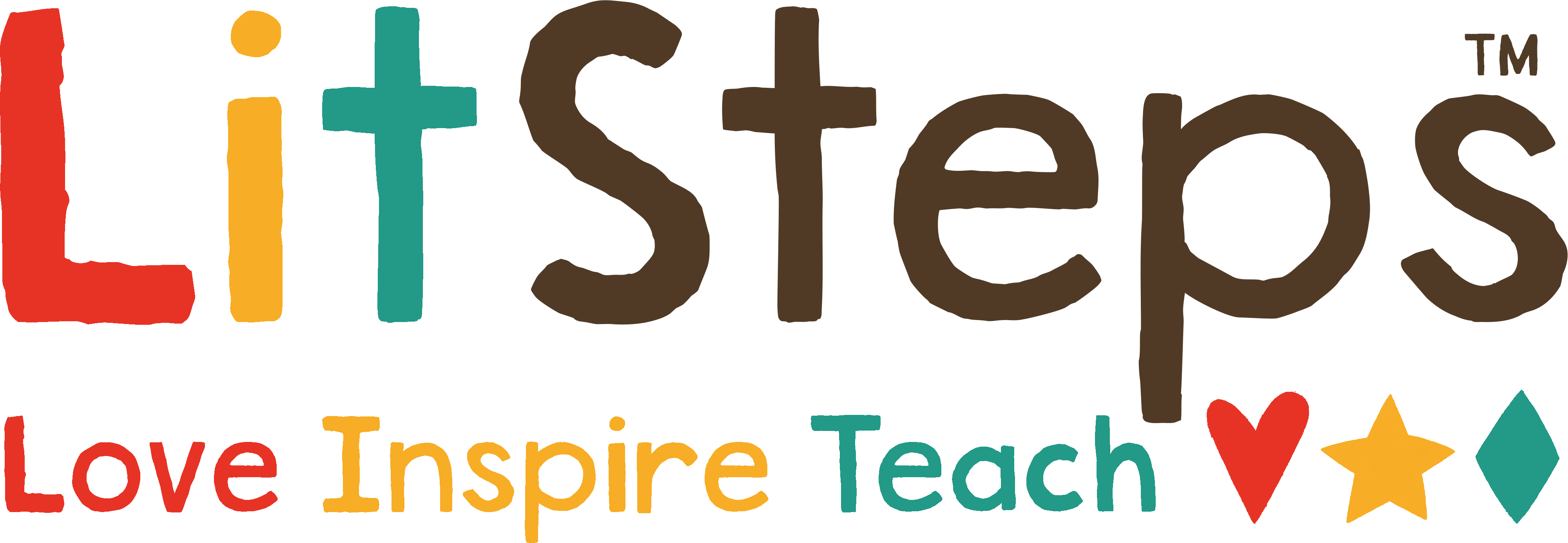Guide your child on the road to literacy. Get instant access to our FREE Literacy Skills Guide.
Literacy Roadmap
Help your child navigate the road to literacy. Get instant access to our FREE Literacy Roadmap.
Reading Ritual
A routine is when you repeat an activity regularly without putting much thought into it. A ritual is when you infuse a repeated activity with purpose and meaning. Developing a reading ritual is the first step to teaching your child other literacy skills.
Literacy 101
These are the most common stages your child will take on the road to literacy. Like navigating any roadmap, plan for stops, detours, scenic byways, and naps along the way. Pay close attention to the signs your child points out to you. They will help you decide when to keep going and when it’s time to pack it in for the day
Making Art
We all begin as creative beings. And most of us strive to include creativity in our lives. We connect with art, music, photography, theater, and design because it makes us feel a certain way. Helping your child express themselves through creative pursuits gives them a voice and emotional outlet.
Learning Tools
Teaching your child to use tools properly will ensure that they’re safe and comfortable when they are doing activities that require them. Once they enter school, they will be expected to use these tools independently and on a daily basis.
Learning to Sort
Your child has been learning to identify items by color, shape, and size. Then they learned how to match objects that were similar. Now it’s time to put that knowledge to the test. Children can now practice their abilities by sorting objects in different ways using their attributes.
Learning to Match
This skill focuses on your child’s ability to find items that are the same. At first they may match two things that are red. As they become more skilled, they’ll match two apples that are red. And then two different fruits that are both red.
Learning Numbers
Young learners often confuse numerals with letters. Teaching numeric concepts before teaching the numeric symbol helps. Teaching your child to count and identify numbers builds their number sense and gives them the background they’ll need to move on to more complex math skills like addition and subtraction.
Learning Letters
We teach the alphabet because letters build words, which build sentences, which build stories, which build the world we live in. We learn to speak and read and write in order to communicate our ideas and unique perspectives.
- Page 1 of 2
- 1
- 2

